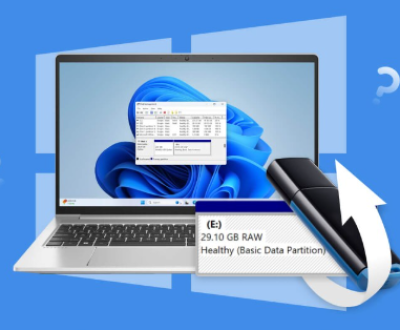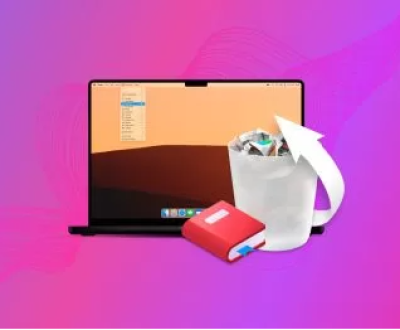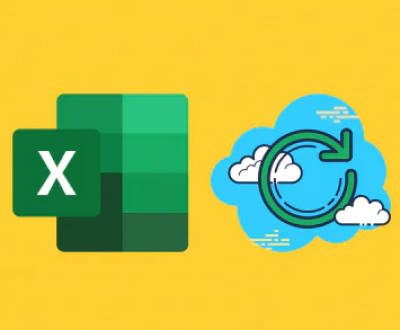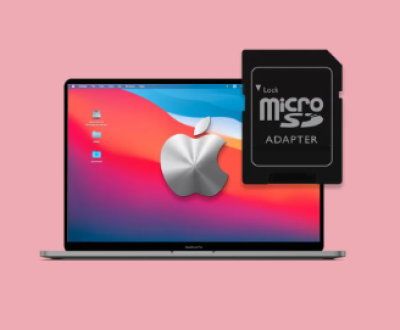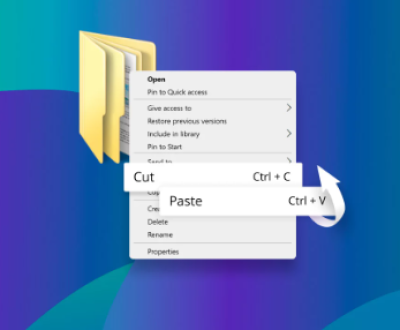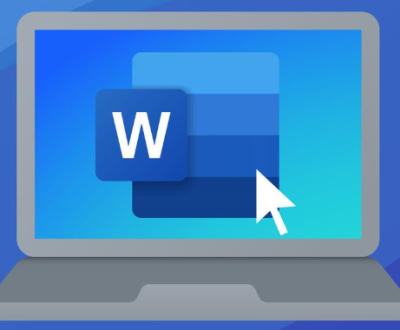Formatting a hard drive from the BIOS is a crucial skill for advanced computer users, especially when the operating system isn’t booting or when you need to perform a clean installation. The BIOS (Basic Input/Output System) provides a low-level interface between the hardware and software, allowing users to manage essential system settings, such as boot priority, time, and memory configuration. While it doesn’t directly allow users to format a hard drive, it does provide tools that can initiate the process when combined with a bootable disk or external device, such as a USB drive containing a Windows installation or a live Linux distribution.
Role of BIOS in Formatting
To understand how to format a hard drive from the BIOS, it’s important to first recognize that the BIOS itself doesn’t provide a dedicated option for formatting hard drives. Instead, BIOS allows users to boot from a disk or USB drive that contains formatting tools, such as a Windows installation disk, a Linux live CD, or a dedicated hard drive management utility. In essence, the BIOS facilitates the process by enabling the system to start up from an external medium that has the tools required for hard drive formatting.

Key Preparations Before Formatting a Hard Drive
Before you proceed with formatting your hard drive from the BIOS, you need to take several steps to ensure a smooth process:
Back Up Data: Formatting a hard drive will erase all data on it. Therefore, back up any important files to another storage device, cloud service, or external hard drive. If you’re unsure of how to back up data, consult relevant guides or use recovery software if needed.
Prepare Bootable Media: To format a hard drive, you’ll need a bootable USB drive or CD/DVD with the appropriate software. You can create a bootable Windows installation USB, a Linux live USB, or a third-party partition manager tool.
For Windows, you can use the Windows Media Creation Tool to create a bootable USB drive.
For Linux, tools like Rufus or UNetbootin allow you to create a bootable USB from an ISO file.
For partition management utilities, tools like GParted or MiniTool Partition Wizard can be used to format hard drives.
Check BIOS Settings: Once the bootable media is ready, ensure that your BIOS is set to boot from it. This may require accessing the BIOS/UEFI menu during the system startup (typically by pressing a key such as F2. F12. ESC, or DEL).
Step-by-Step Guide: Formatting a Hard Drive from BIOS
The process of formatting a hard drive from BIOS generally involves several stages: accessing the BIOS, setting boot options, launching the installation or partition tool, and performing the format. Below is a comprehensive guide.
Step 1: Access the BIOS/UEFI Menu
Shut down your computer.
Power on your computer and immediately press the BIOS access key. Common keys include:
F2 (for most laptops and desktops)
DEL (for custom-built PCs)
ESC or F12 (for some brands like HP and Lenovo)
If you are unsure of the key, consult your motherboard or system manual.
Once you’re in the BIOS/UEFI setup, navigate through the menus using the arrow keys. The layout of the BIOS may vary depending on the manufacturer (e.g., ASUS, MSI, Gigabyte), but the general options will be similar.
Step 2: Set Boot Priority
In the BIOS, you need to ensure that your system is set to boot from the device containing the formatting tools, such as a USB flash drive or CD/DVD.
Look for the Boot or Boot Order menu in the BIOS settings. This is where you can set the priority of boot devices.
Select the Boot Device Priority option.
Change the boot order so that the USB drive or CD/DVD drive is set to boot first. Use the on-screen instructions to change the boot order.
Save your changes by pressing F10 (usually the save and exit command) or following the BIOS prompt.
Step 3: Boot from the External Device
Once the boot priority is set, save and exit the BIOS. The computer should now attempt to boot from the USB or CD/DVD drive.
Insert the bootable USB drive or CD/DVD into the system before rebooting.
When the computer restarts, it should boot from the selected device.
If you’re using a Windows installation disk, it will begin loading the installation setup.
If you’re using Linux or partition management tools, the operating system or tool will boot into its live environment.
Step 4: Start the Formatting Process
Once you’ve booted into the desired tool or operating system, follow the necessary steps to format the hard drive.
Formatting a Hard Drive Using a Windows Installation Disk
After booting from the USB drive containing the Windows installation media, select your language and keyboard layout preferences.
Click Next and then select Install Now.
On the next screen, you’ll be asked to enter a product key. If you’re reinstalling Windows, you can skip this step by selecting I don’t have a product key.
Next, you’ll be presented with the Where do you want to install Windows? screen, which displays a list of available drives and partitions.
Select the hard drive or partition you wish to format and click Delete.
Windows will prompt you to confirm the deletion. Click OK to proceed.
After deleting the partition, you can select the unallocated space and click Next to begin the installation of a fresh copy of Windows.
Formatting a Hard Drive Using Linux (e.g., GParted)
Boot into a live Linux environment using a bootable USB or CD with a tool like GParted or Ubuntu.
Once the system has loaded, launch GParted or the partition tool provided by the Linux distribution.
In the GParted interface, select the hard drive that you want to format from the list of available devices.
If the drive is partitioned, select each partition and delete it.
After deleting the partitions, select the unallocated space and choose to create a new partition. You can format it as NTFS, FAT32. or another file system based on your needs.
Once the new partition is created, click Apply to finalize the format.
Formatting a Hard Drive Using Third-Party Tools
There are several third-party partition management tools that can be used to format a hard drive from BIOS. These tools typically offer more advanced features, such as resizing partitions, managing multiple partitions, or recovering lost data.
Boot from a third-party partition management tool such as MiniTool Partition Wizard or EaseUS Partition Master.
The software will scan the hard drive and display the partitions.
Select the partition you want to format, and choose the Format option.
Choose the appropriate file system (NTFS, FAT32. etc.) and confirm your selection.
Once the formatting process is complete, you can exit the tool.
Step 5: Reinstall the Operating System (Optional)
If you’re formatting the hard drive to install a new operating system, follow the on-screen instructions to proceed with the installation of the OS.
For Windows, after formatting the hard drive, the installation process will automatically begin.
For Linux, select the appropriate partition to install the operating system and follow the prompts.
Troubleshooting and Considerations
Error Messages: If you encounter an error during the formatting process, such as “Cannot delete partition,” ensure that the partition is not in use or locked. You may need to disconnect other storage devices or remove any encryption software.
No Bootable Media Detected: If the BIOS doesn’t detect the bootable USB or CD/DVD, check the USB drive for errors or ensure that it is properly created using the appropriate tools.
Lost Data: If you accidentally format the wrong drive, it’s possible to recover lost data with specialized recovery software, but this is not always guaranteed.
About us and this blog
Panda Assistant is built on the latest data recovery algorithms, ensuring that no file is too damaged, too lost, or too corrupted to be recovered.
Request a free quote
We believe that data recovery shouldn’t be a daunting task. That’s why we’ve designed Panda Assistant to be as easy to use as it is powerful. With a few clicks, you can initiate a scan, preview recoverable files, and restore your data all within a matter of minutes.
Subscribe to our newsletter!
More from our blog
See all postsRecent Posts
- Retrieve files from usb 2025-07-04
- How to retrieve overwritten excel file 2025-07-04
- How to retrieve lost files on sd card 2025-07-04

 Try lt Free
Try lt Free Recovery success rate of up to
Recovery success rate of up to

